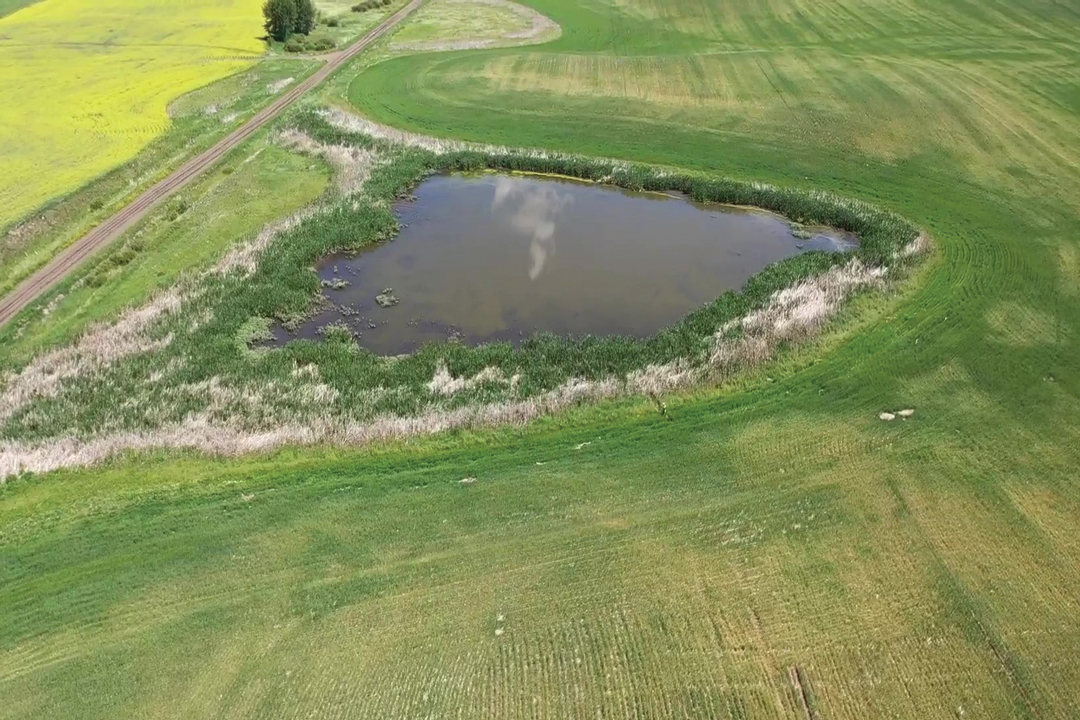FOOD SECURITY UNDERT THREAT
BY ERIN K. GOWRILUK
There’s no doubt 2022 was a record breaker. As the cost of living has risen, food prices and input costs reached all-time highs. As well, the monthly growth rate for input prices is three times higher than that of food. These inputs are critical to food production, and rising prices signal increased fragility within our global food systems.
This trend is directly related to rising fertilizer and fuel prices. Though this began before 2022, Russia’s invasion of Ukraine added upward pressure on natural gas and fertilizer prices. While Ukraine was able to move about 10 MMT of grain through its shipping corridor between August and November, its export deal with Russia remains tenuous. Pandemic-related supply chain disruptions, the pressure of rising inflation and an impending recession highlight the delicacy of many interconnected systems. While Canadian agriculture grapples with these challenges and attempts to mitigate the impacts of circumstances outside our control, we must ask how a growing
global population can be sustainably fed.
On Nov. 15, 2022, we broke another record—the world’s population reached eight billion people. We know we must increase production but feeding a growing and hungry planet comes with environmental and financial costs.
In November, I had the pleasure of attending the Global Grain Geneva 2022 conference in Geneva, Switzerland. Vito Martielli, senior analyst of grains and oilseeds at Rabobank, reminded attendees of G7 net-zero commitments and the impact related policies will have on supply and prices. Though fertilizer prices are stabilizing, energy prices are expected to remain high due to global demand for energy-intensive nitrogen.
Farmers are on the front lines of climate change. In summer 2021, western Canadian farmers faced a devasting drought. Climate events like this are increasing in frequency and intensity, which puts farm livelihoods and the global grain supply at risk. There is a growing sense a concerted global effort is required to stave off the effects of a changing climate. Consumers and the marketplace face a myriad of challenges. As a nation rich in arable land and fresh water as well as being a top-five exporter of wheat, canola and beef, Canada has considerable potential to be a leader in sustainability and productivity.
With 2023 underway, we must address our production needs and sustainability goals simultaneously and develop practical agri-environmental policy that considers impacts on production and pricing. We have a moral obligation and a responsibility to consider the effect of environmental policies on production. Governments worldwide must be encouraged to apply a productivity lens to each of these policies and programs to ensure we do not put farmers and the rural economies they support at risk.
Canadian farmers have an integral role to play in our overall sustainability. As we look towards 2050, we cannot work in a figurative sustainability silo. We cannot ignore a growing global population, threats to food security and the necessity of good economic health for Canadian farmers and the communities in which they live. The Grain Growers of Canada looks forward to releasing our Road to 2050 recommendations. We will also continue to beat the drum on this issue on Parliament Hill and on the international stage.
Erin K. Gowriluk is the executive director of the Grain Growers of Canada.







Comments